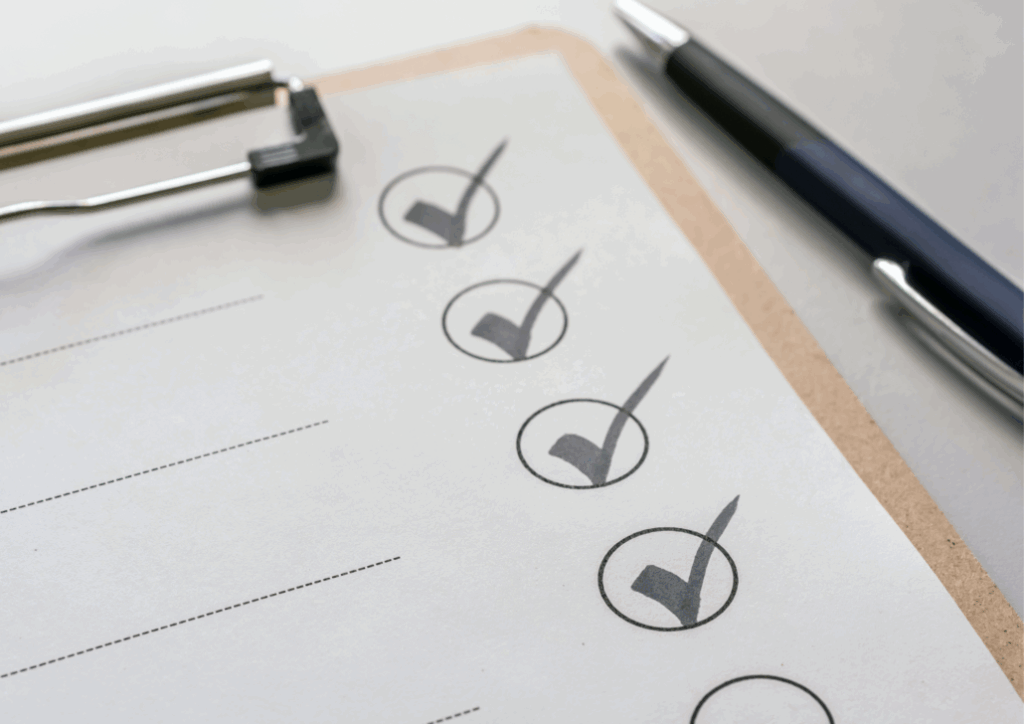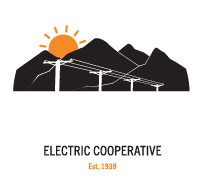
Electrical fires cause tens of thousands of house fires each year in the United States, resulting in hundreds of deaths and millions in property damage. Electricity in the home is a modern convenience and necessity, but risks are still present. An electrical safety checklist can help keep you and your community safe and energized. Here are some points recommended by the National Fire Protection Association to put on your checklist.
Inspect electrical cords. Check cords to make sure the wires are not damaged, cracked or loose. If the cords need to be repaired, take the item to a professional electrician or replace them. Also, be sure cords are not running across doorways or under carpets. If they are, try to find a closer outlet or have an electrician install more outlets.
Check outlets and switches. In order to keep everyone safe, be sure that all receptable outlets and switches have faceplates. While it looks nicer, it also keeps wires out of touch and harm’s way.
Be sure the bulbs match. Make sure your light-bulbs match what is safe for your lamps. There should be a sticker that indicates the maximum wattage for the light bulb.
Keep children away. Prevent kids from interacting with electrical cords and outlets. Cords placed in little mouths can cause burns, and objects placed in a receptacle can cause shock, burns or electrocution.
Call a qualified electrician. If you have frequent problems with blowing fuses or tripping circuit breakers, a tingling feeling when you touch an electrical appliance, discolored or warm wall outlets, a burning or rubbery smell coming from an appliance, flickering or dimming lights or sparks from an outlet – contact a qualified electrician to come fix the problem.
While there are many more things you could and should add to your electrical safety checklist, we hope this is a good starting point for you and your loved ones to keep safety at the top of mind.
